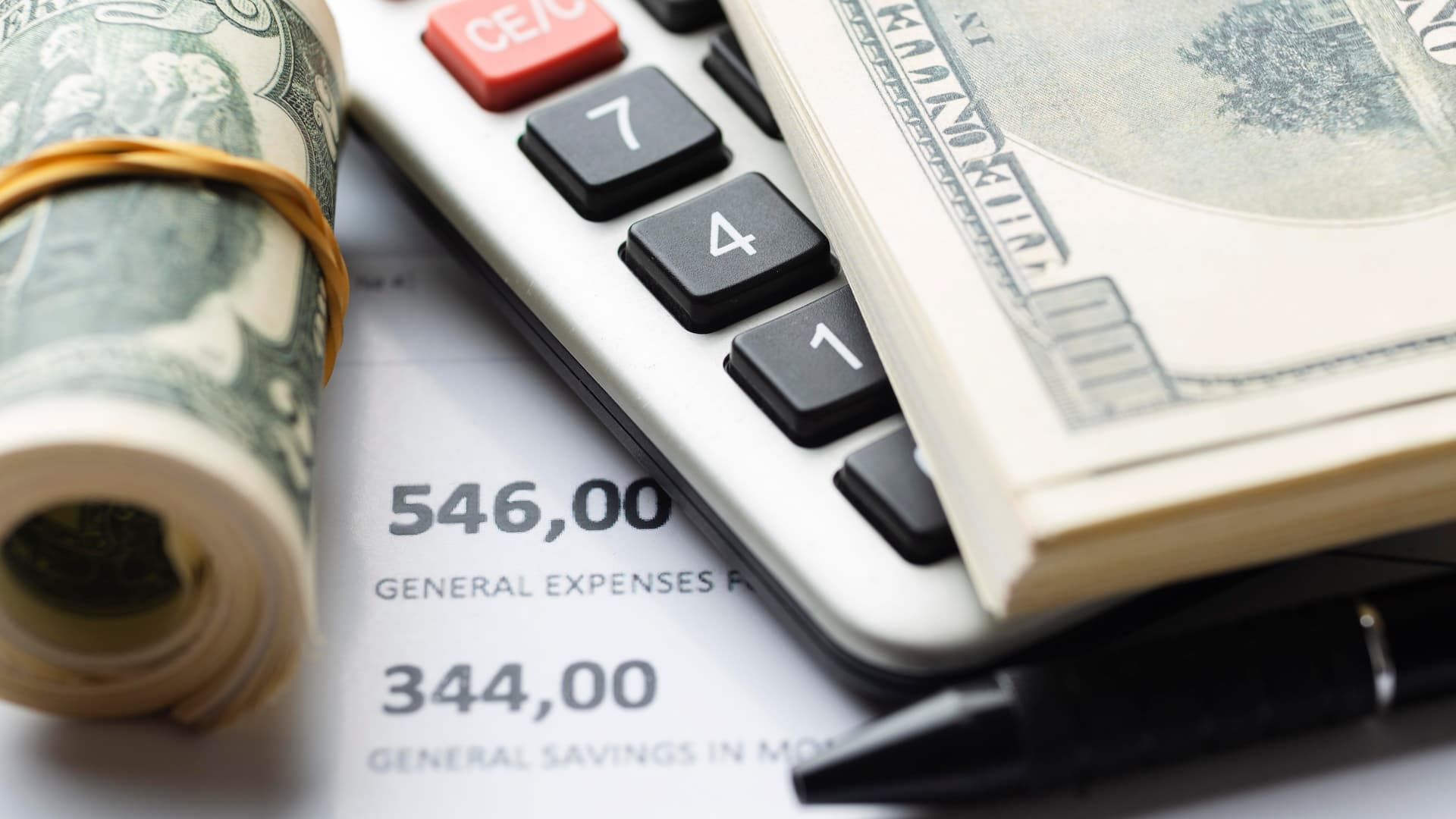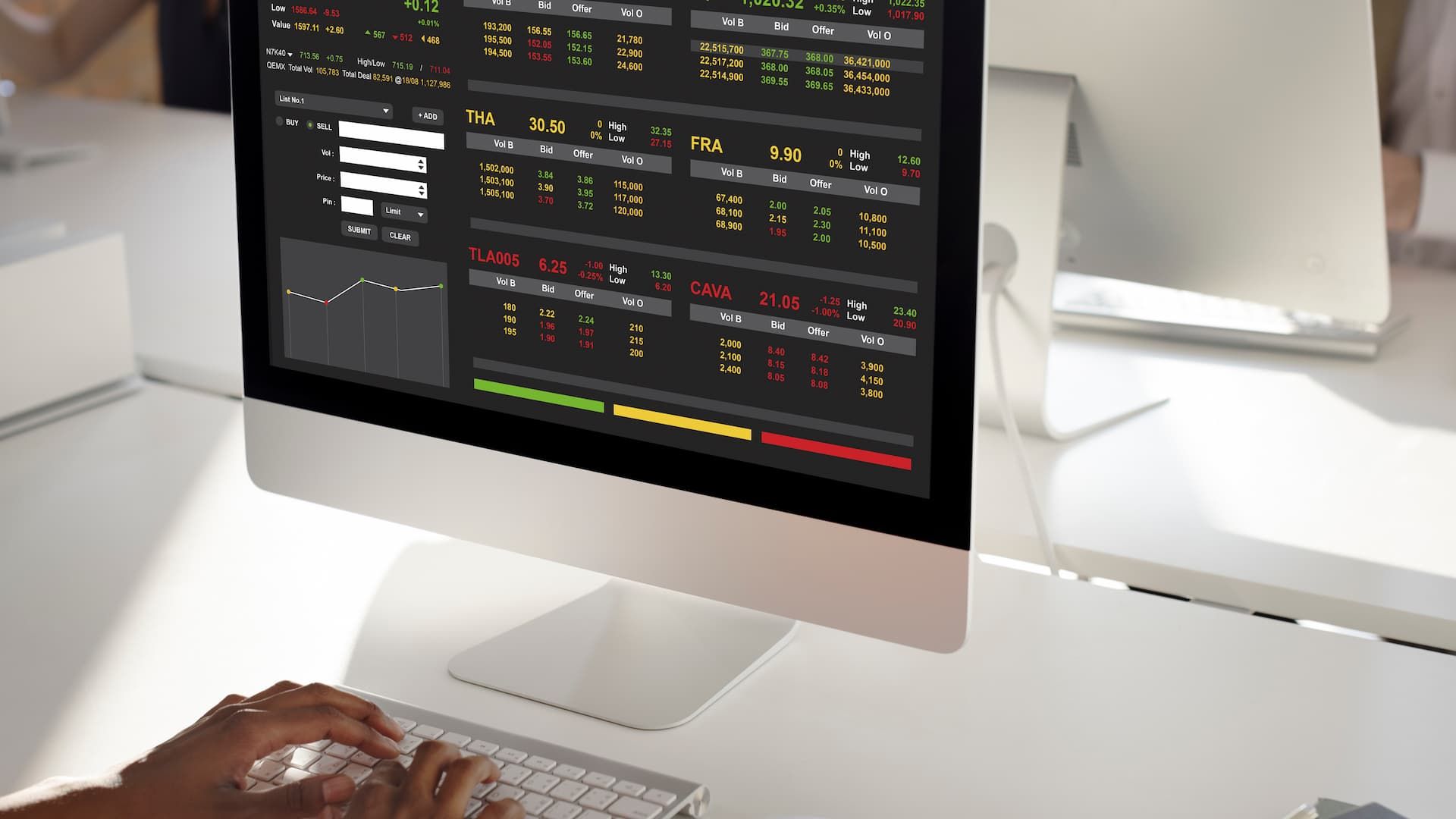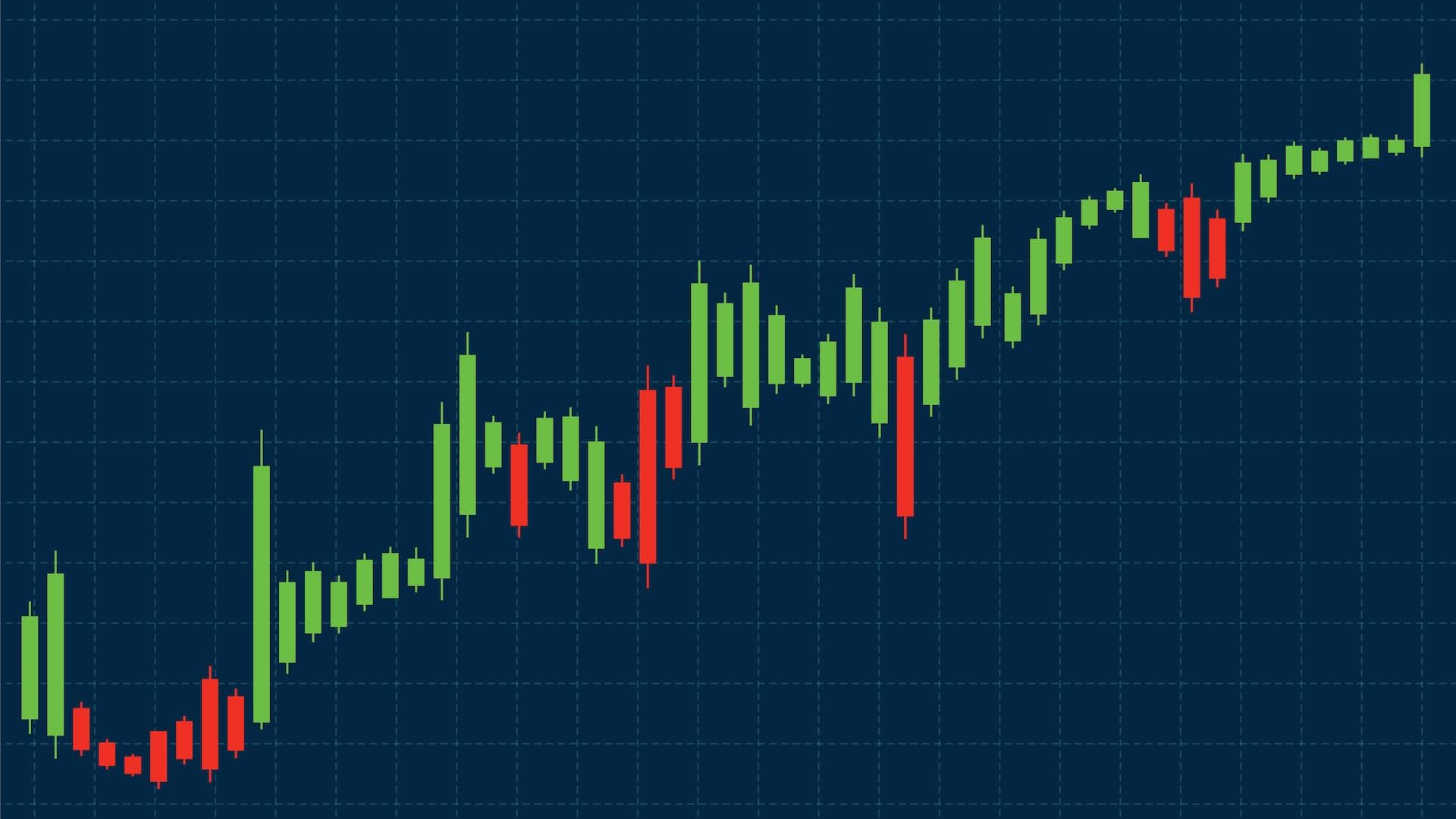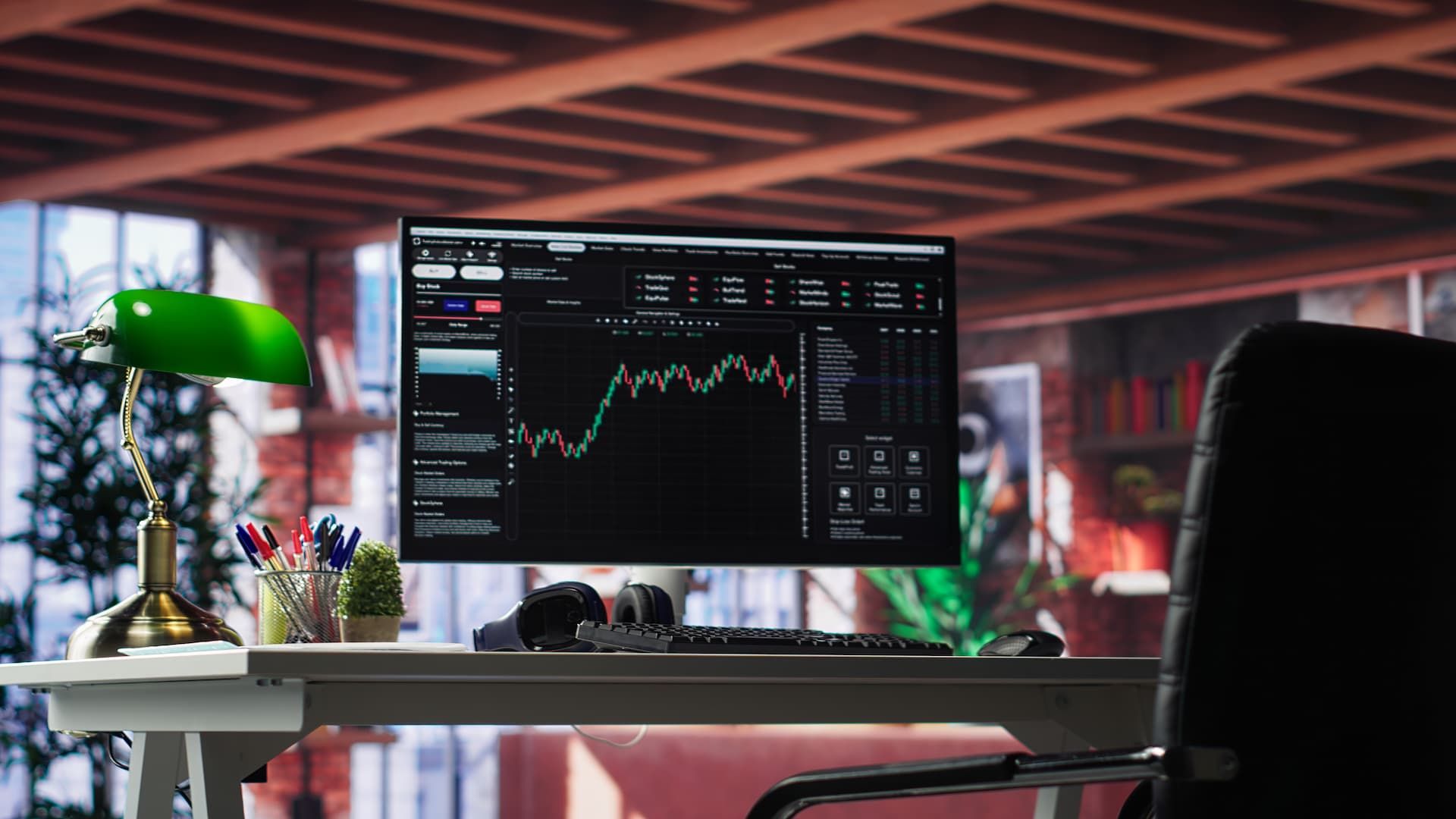In financial markets, investment performance should never be judged only by profits. What really matters is how much risk you had to accept in order to achieve those gains. This is where risk adjusted returns explained simply can give you a clearer perspective. Two investments might each deliver 10 percent, but if one required extreme market volatility and the other delivered steady, low risk growth, the latter has the higher risk adjusted return.
In this guide, we’ll explore the key risk adjusted return metrics used by investment managers and portfolio managers worldwide. You’ll see how the Sharpe ratio, Sortino ratio, and Calmar ratio each provide a unique angle on portfolio performance. We’ll also review the formulas, practical examples, and why hedge funds, mutual funds, and individual traders all use these tools for smarter investment decisions. Platforms like 24Markets.com make it easier to calculate and track these metrics in real time so you can refine your trading strategies with confidence.
Understanding Risk-Adjusted Returns
What are risk-adjusted returns explained simply?
Risk adjusted returns measure the reward an investor earns relative to the risk taken. On a risk adjusted basis, the comparison between two investments becomes clearer. For example, mutual fund A may return 12 percent annually with high volatility, while mutual fund B returns 10 percent with more stability. A hypothetical comparison shows that the second fund actually delivers the higher risk adjusted return, even with lower raw performance.
Why risk adjusted return matters for investors
Without considering downside risk, it is easy to misjudge performance. Many traders focus only on above average returns, but if those results came with high risk and large max drawdowns, they may not be sustainable. Risk adjusted comparisons help both traders and long term investors choose strategies that balance consistency with growth.
Risk adjusted return metrics vs raw returns
Raw results show only what was earned. Risk adjusted metrics reveal how it was earned. A portfolio’s risk adjusted return can be compared across asset classes, specified periods, and even different market conditions, allowing better investment decisions. Investment versus risk is the core of risk management, and risk adjusted metrics are designed to highlight that trade-off.
Key Concepts in Risk Adjustment
Defining risk adjusted performance
Risk adjusted performance weighs gains against volatility, drawdowns, or downside deviation. The goal is not simply to achieve higher profits but to generate performance that justifies the risk taken. This approach encourages investors to judge investment relative to total volatility rather than raw returns.
Measuring downside risk in volatile markets
Downside risk is more important to most investors than upside volatility. While everyone enjoys unexpected gains, downside volatility can cause significant losses and emotional decisions. That is why metrics like the Sortino ratio focus on downside deviation to show how a portfolio handled negative periods.
The role of the risk free rate in performance metrics
The Sharpe ratio and other performance metrics include a risk free rate, often represented by the yield on a treasury bill. This expected rate of return acts as the baseline. The logic is simple: an investor should only take more risk if the expected return is higher than what could be earned risk free. If an investment’s beta or asset’s volatility doesn’t produce excess return above this baseline, it may not be worthwhile.
Popular Risk-Adjusted Return Metrics
How to calculate the Sharpe ratio
The Sharpe ratio compares portfolio return above the risk free rate to standard deviation.
Sharpe Ratio Formula = (Portfolio Return – Risk Free Rate) ÷ Standard Deviation of Returns
Sharpe ratio measures the excess return per unit of risk. Sharpe ratio calculation requires historical data such as monthly returns or daily price moves to complete the standard deviation calculation.
What is considered a good Sharpe ratio?
A good Sharpe ratio is typically above 1.0, showing that returns exceeded risk meaningfully. A higher Sharpe ratio, above 2.0 or even 3.0, suggests strong performance. A negative Sharpe ratio, however, indicates the portfolio underperformed the risk free benchmark. Calculated Sharpe ratio results should always be considered in context, as shifting market conditions or asset class differences can affect outcomes.
The Sortino ratio: focusing on downside risk
The Sortino ratio improves on Sharpe by isolating downside deviation. Instead of using total volatility, it considers only negative swings. Sharpe and Sortino ratios often differ, especially in strategies where upside volatility is frequent but not harmful. A higher Sortino ratio means stronger performance relative to harmful losses.
Calmar ratio explained
The Calmar ratio measures annualized return relative to maximum drawdown. This is particularly relevant in stock market investing, futures trades, and trend-following systems where large drawdowns can occur. Calmar ratio measures whether above average returns were achieved without exposing capital to unacceptable risk.
Calmar ratio formula in practice
Calmar Ratio Formula = Annualized Return ÷ Maximum Drawdown
For example, if a portfolio produced 18 percent returns with a 9 percent max drawdown, the Calmar ratio is 2.0. Higher values mean better results relative to worst-case downside.
Comparing Metrics for Risk-Adjusted Performance
Sharpe ratio vs Sortino ratio
The Sharpe ratio compares all volatility, while the Sortino ratio focuses only on downside volatility. For investors with low risk tolerance, Sortino is often the better gauge of performance.
Calmar ratio vs Sharpe ratio
Calmar emphasizes drawdowns over short-term fluctuations. Sharpe and Sortino ratios reflect day-to-day swings, while Calmar focuses on longer-term risk control. Both approaches have value depending on market conditions.
Which metric works best in market volatility?
During periods of high risk and shifting market conditions, Sortino and Calmar often provide clearer insight than Sharpe alone. Sharpe ratio measures may decline when market volatility increases, even if downside risk was managed well.
Risk-Adjusted Returns in Practice
How hedge funds use risk adjusted return metrics
Hedge funds, mutual funds, and other financial institutions use risk adjusted metrics to justify fees and performance claims. A higher Sharpe ratio or higher Sortino ratio is often highlighted in reports to show disciplined portfolio management.
Applying risk adjusted performance metrics to portfolios
Individual investors can apply these tools when comparing mutual funds, ETFs, or personal trading strategies. Risk adjusted comparisons help avoid overexposure to high risk assets.
Managing downside risk while seeking low risk opportunities
Diversification across asset classes, using stop loss levels, and adjusting positions during market volatility are practical ways to improve portfolio’s risk adjusted return.
Risk and Market Behavior
Market volatility and its impact on risk adjusted returns
When volatility increases, Sharpe ratio compares look weaker because standard deviation rises. However, Sortino ratio and Calmar ratio measures can still show strong results if downside deviation and drawdowns remain under control.
Performance metrics in periods of high vs low risk
During calm markets, calculated Sharpe ratio values often look strong. When conditions turn volatile, only funds with strong downside risk management maintain high risk adjusted metrics.
Investor psychology and risk adjusted results
Past performance often misleads investors into chasing high raw returns. By focusing on investment performance on a risk adjusted basis, investors can improve consistency, reduce emotional mistakes, and make more rational investment decisions.
Practical Applications for Traders and Investors
Using risk adjusted return metrics in trading strategies
Day trading and swing trading strategies can be assessed with simplified Sharpe or Sortino calculations using historical data. This shows whether a trading system has real edge or just short-term luck.
Blending performance metrics for balanced investing
No single ratio is enough. Sharpe, Sortino, Calmar, and even Treynor ratio (which considers investment’s beta) each offer unique insight. Together, they help portfolio managers and traders understand true portfolio performance.
Tools and platforms to calculate risk adjusted returns
Platforms like 24Markets.com provide risk management dashboards with automated calculations of Sharpe ratio formula, Sortino, and Calmar. This saves time and gives traders access to real-time performance metrics for better investment decisions.
Key takeaways on risk adjusted performance metrics
-
Risk adjusted metrics show investment relative to risk.
-
Sharpe ratio compares excess return to standard deviation.
-
Sortino ratio isolates downside deviation, and Calmar ratio measures returns versus max drawdown.
-
Good Sharpe ratio values vary, but higher ratios generally indicate stronger results.
-
Hedge funds and mutual funds rely on these ratios to communicate performance to investors.
-
Tools like 24Markets.com make it easier to calculate and apply these methods.
Building smarter strategies with risk adjusted returns
By applying these ratios consistently, you can evaluate two investments fairly, adapt to shifting market conditions, and align investment performance with your own risk tolerance. Whether you are evaluating mutual funds, hedge funds, or your own trading journal, risk adjusted metrics provide the clarity needed for stronger portfolio management.
If you want to take your analysis further, 24Markets.com gives you access to calculators, analytics, and portfolio management tools that make it easy to calculate the Sharpe ratio, Sortino ratio, and Calmar ratio in real time. With the right approach, you can build a trading system that delivers consistent performance across financial markets.












